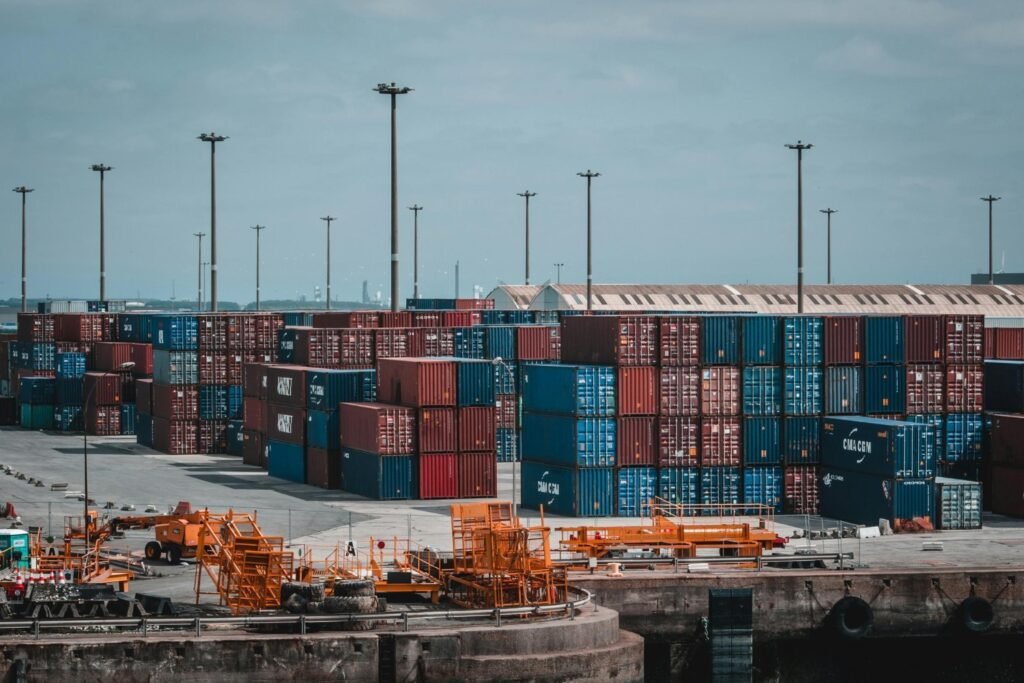Argentina and its port fees: the high cost affecting foreign trade

A study by the Argentine Chamber of Importers (CIRA) indicates that operating a container in the ports of Buenos Aires and Dock Sud can be between 50% and 500% more expensive than in neighboring countries such as Brazil, Uruguay, Chile, and Peru. This tariff disparity negatively impacts the competitiveness of Argentine products in international trade, while limiting opportunities for exporters and increasing import costs.
## High Cube Containers and Additional Charges
One of the factors that greatly influences the cost increase is the use of high cubic containers, known as “High Cube.” In Argentina, the General Ports Administration (AGP) classifies these containers as “out of standard,” applying additional charges that do not exist in other countries in the region. Since these containers are key in global trade due to their storage capacity, the associated surcharges represent a barrier to trade. CIRA argues that this specific surcharge erodes the ability of Argentine companies to compete in the international market.
## A Port System Lacking Updates and Transparency
The CIRA report points out that another problem aggravating costs is the lack of updates in concession terms, which have not been renewed since 1993. This lack of modernization, along with the absence of transparent audits on terminal productivity, has created a context of little clarity in tariff management. The result is that costs multiply without a clear justification, affecting importers and exporters who lack verification mechanisms to explain the surcharges applied. CIRA emphasizes the need to modernize regulations governing concessions and tariffs in ports to adapt them to current needs of foreign trade.
### Inefficiency in Customs and Computer Systems
CIRA also highlights the inefficiency in customs and computer systems, such as the Malvina Computer System (SIM), which slows down clearance times and increases operational costs. Poor coordination in presenting import manifests and high rates of physical container inspections make it difficult to meet free storage times. These delays force foreign trade operators to incur additional costs for storage and delays, impacting the entire logistics chain.
### Cost Comparison in the Region
Compared to neighboring countries, Argentina’s tariff system is much more fragmented and complex. While other nations apply simpler and more transparent port tariffs, Argentine terminals apply additional costs in different phases of the import and export process, further increasing operation costs. CIRA highlights that this tariff structure directly affects the competitiveness of Argentine products and calls for adopting a model more similar to ports in the region to reduce costs and improve efficiency.
The CIRA concludes its report by urging the implementation of a long-term plan to review the tariff structure and optimize customs and computer processes. It suggests reducing physical container inspections, updating digital systems, and improving coordination in document submission to expedite clearance times. The chamber also calls for external audits to ensure more transparent and efficient management, and emphasizes the importance of adopting digital technologies to simplify processes.




